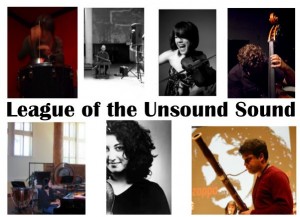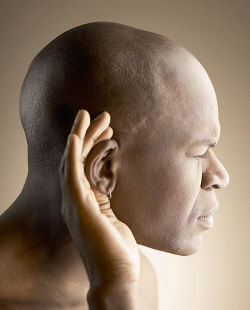I recently attended the NEA Journalism Institute for Classical Music and Opera. For 10 days two dozen or so writers from Alaska to Florida convened at Columbia University to talk about classical music, to write about classical music, and most importantly for me (a musician with no formal journalism education), to talk about writing about classical music.
We attended many concerts devoted to or containing contemporary classical music. We saw the Kronos Quartet at Le Poisson Rouge; watched Glassworks and a new David Lang dance work at New York City Ballet; heard AXIOM play Stravinsky, Xenakis, and Lindberg; had a private lecture and performance by Jeremy Denk on Charles Ives–he’s just recorded the two sonatas, and if the two movements he played are any indication of the rest of the CD, you should rush out and buy it upon release; went to BAM to see Evan Ziporyn’s A House in Bali; and we all had to review the NY Phil performance of Lindberg’s Kraft (everyone liked it except for one critic, and he explained rather eloquently what he disliked about the work).
A colleague’s reviews accurately captured details of the work and performance, and had a wonderful shape to her story–nice lede, good flow, and good conclusion. There were two words in her story, however, that I had to point out to her, because I knew that performers and composers would jump on those two words and use them to discredit what was otherwise a fine review. She wrote that Kraft “was formless.”
Every piece of music has a form, I explained. You can write “Kraft seemed formless” or “the form was near impossible to detect” or something which captured her inability to perceive the form of Kraft (in her defense, Kraft has a very opaque structure, obscured by multiple processes happening simultaneously); but when you make an analytic statement that the work has “was formless,” a statement which can be proven wrong, readers will use that against you to sabotage the rest of your review. It won’t matter to them that you got everything else right in your story; making that one critical mistake (with just two words!) will become justification to tear down all the valid observations you did make in your review. I could picture a composer that hates Magnus Lindberg saying, “What does this critic know? She said Kraft was formless. What an idiot. How can you trust anything else she said about Kraft? “
I came across a similarly self-destructive statement in a Kalamazoo Gazette review published yesterday:
Muzijevic proved to be a superb pianist despite the concert’s lack of the usual heavyweight solo repertoire. He showed a certain genius for making music out of extremely sparse, atonal works such as Feldman’s Intermission 4 and Arnold Schoenberg’s Six Little Piano Pieces, Op. 19.
I’m unacquainted with the score to Intermission 4—if it’s one of Feldman’s graphic pieces, then the pianist would certainly have a major role to play in “making music” out of the work. But all a pianist needs to do to “make music” out of Schoenberg’s Sechs Kleine Klavierstucke is to just play the music which Schoenberg notated so elaborately. Dynamics and articulations are all in the score. The only choice a performer has to make is to decide how many beats per minute are tempo indications such as “Leicht, zart.”
Of course, a performer brings plenty of other decisions to their interpretation of op. 19: tone color; pedaling; how extreme are the differences between p, pp, ppp, and pppp in the 6th work; how should the two “bell” chords in the 6th work be interpreted in the final measure when Schoenberg indicates they should sound “wie ein Hauch?” But these are the same considerations a pianist makes for performing any late 19th-century/early 20th-century work. The “music” already exists in Schoenberg’s notation. It doesn’t take any genius to bring it out, just a sensitivity to Schoenberg’s musical poetry.
One of the fellows at the NEA Institute, Sophia Ahmad, wrote such a great description of the offerings that I am linking to it here to satisfy reader curiosity about this wonderful program.
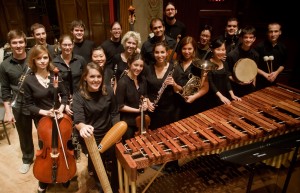 A lot of important ensembles have been coming out of places like Oberlin (Eighth Blackbird), Yale (So Percussion, Now Ensemble), and Eastman (Alarm Will Sound, JACK Quartet, Signal) over the past 10+ years. Well, it looks like there is another one trying to break through from Eastman called Eastman BroadBand.
A lot of important ensembles have been coming out of places like Oberlin (Eighth Blackbird), Yale (So Percussion, Now Ensemble), and Eastman (Alarm Will Sound, JACK Quartet, Signal) over the past 10+ years. Well, it looks like there is another one trying to break through from Eastman called Eastman BroadBand.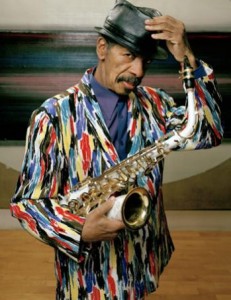
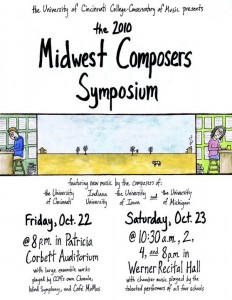
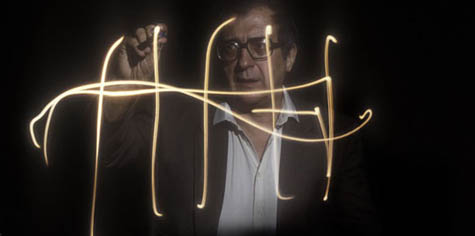
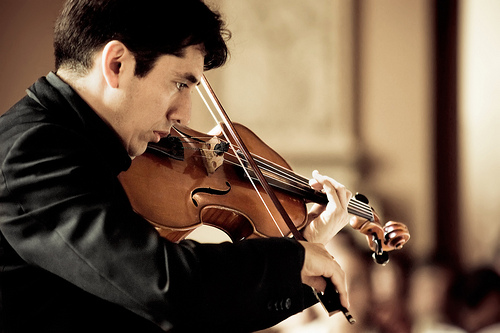
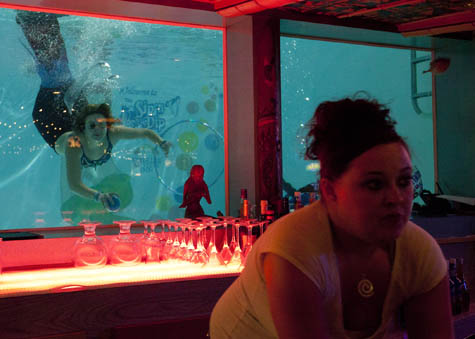

 Hopefully you’ve been following Armando Bayolo’s postings on our Forum about his adventures with Louis Andriessen’s De Materie – I’ve known about it for over a year now and it’s intensely satisfying seeing a good friend’s massive endeavors come to fruition. If you’re even remotely close to Washington DC tonight, there’s nothing culturally more important on the Eastern Seaboard than
Hopefully you’ve been following Armando Bayolo’s postings on our Forum about his adventures with Louis Andriessen’s De Materie – I’ve known about it for over a year now and it’s intensely satisfying seeing a good friend’s massive endeavors come to fruition. If you’re even remotely close to Washington DC tonight, there’s nothing culturally more important on the Eastern Seaboard than 